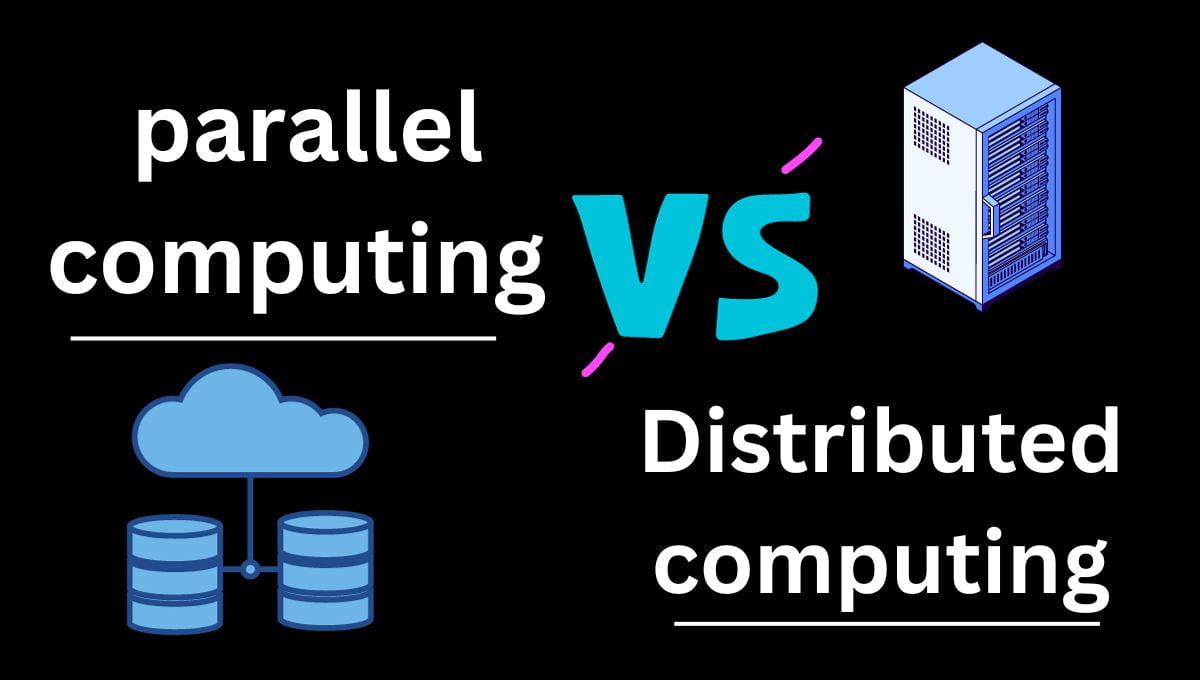PUBLIC CLOUDS
Demystifying Public Cloud Deployment : A Comprehensive Guide

Introduction
In today’s digital era, businesses are constantly seeking ways to optimize their IT infrastructure and reduce operational costs. One solution that has gained immense popularity is the public cloud deployment model. This article will delve into the intricacies of the public cloud, explaining what it is, how it works, and the benefits it offers organizations.
Understanding Public Cloud
Defining Public Cloud
A public cloud is a type of cloud computing model that offers IT services, such as storage, computing power, and applications, over the internet to multiple users or organizations. These resources are hosted and managed by third-party cloud service providers.
Key Characteristics
- Shared Resources: Public clouds are shared by multiple users or organizations, pooling their resources on a massive scale. This sharing is what makes it a cost-effective option.
- Accessibility: Public clouds are accessible from anywhere with an internet connection, making them highly convenient for remote work and global operations.
- Scalability: Users can easily scale up or down their resources based on their specific needs, ensuring optimal resource utilization.
- Pay-as-You-Go: Public cloud users typically pay only for the resources they consume, reducing upfront capital expenses.
How Public Cloud Works
Infrastructure
Public cloud providers maintain a vast network of data centers equipped with servers, storage, and networking infrastructure. These data centers are strategically located worldwide to ensure low latency and high availability.
Service Models
- Infrastructure as a Service (IaaS): In this model, users have access to virtualized computing resources, such as virtual machines and storage. They are responsible for managing the operating system and applications.
- Platform as a Service (PaaS): PaaS offers a higher level of abstraction, allowing users to focus on developing and deploying applications without worrying about the underlying infrastructure.
- Software as a Service (SaaS): SaaS provides ready-to-use applications that users can access through a web browser. Examples include Google Workspace and Salesforce.
Advantages of Public Cloud
Cost-Efficiency
The public cloud eliminates the need for organizations to invest in and maintain their hardware, reducing capital expenditure. Users pay only for what they use, making it a cost-effective solution.
Scalability
Public clouds offer unparalleled scalability. Businesses can quickly adapt to changing demands by adding or removing resources as needed.
Accessibility
The accessibility of public clouds empowers remote work and collaboration. Employees can access applications and data from anywhere, improving productivity.
Security
Public cloud providers invest heavily in security measures, often surpassing what individual organizations can achieve. This includes data encryption, firewalls, and intrusion detection systems.
Drawbacks of Public Cloud Deployment
While public cloud deployment offers numerous benefits, it’s essential to be aware of its drawbacks as well.
1. Limited Control
In a public cloud, you have limited control over the underlying infrastructure. This can be a concern for businesses with specific compliance or security requirements.
2. Data Privacy Concerns
Storing sensitive data in the public cloud can raise privacy concerns. Although cloud providers implement robust security measures, data breaches can still occur.
3. Potential Downtime
Public cloud services, like any technology, can experience downtime. While providers aim for high uptime percentages, it’s crucial to have a contingency plan in case of service interruptions.
Making the Most of Public Cloud Deployment
To maximize the benefits of public cloud deployment while mitigating its drawbacks, consider the following tips:
- Security Measures: Implement additional security measures and encryption protocols to protect sensitive data.
- Backup and Redundancy: Regularly back up your data and maintain redundancy to minimize downtime risks.
- Cost Monitoring: Keep a close eye on your cloud expenses to avoid unexpected costs. Utilize the cost management tools provided by the cloud provider.
- Compliance Considerations: Ensure that your public cloud deployment complies with industry-specific regulations and standards.
Considerations Before Adopting Public Cloud
Data Security and Compliance
While public clouds offer robust security, organizations must still ensure their data is protected and compliant with regulations. This involves understanding the provider’s security measures and implementing additional controls if necessary.
Cost Management
Without proper monitoring and governance, cloud costs can escalate. Organizations should implement cost-management strategies to avoid unexpected bills.
Conclusion
In conclusion, the public cloud deployment model has revolutionized the way businesses manage their IT resources. Its cost-efficiency, scalability, and accessibility make it an attractive option for organizations of all sizes. However, it’s essential to consider data security, compliance, and cost management when embarking on a public cloud journey.
FAQs
Is the public cloud suitable for all types of businesses?
Public clouds can benefit businesses of all sizes, but their suitability depends on individual needs and considerations.
What are the potential security risks of the public cloud?
Security risks may include data breaches, unauthorized access, and compliance issues. However, these can be mitigated with proper security measures.
Can I migrate my existing applications to the public cloud?
Yes, many applications can be migrated to the public cloud with proper planning and execution.
How do I choose the right public cloud provider?
Consider factors like your specific requirements, budget, and the provider’s reputation when making your choice.
What is the difference between public and private clouds?
Public clouds are shared by multiple users or organizations, while private clouds are dedicated to a single entity, offering more control and customization options.

 FUNDAMENTAL1 year ago
FUNDAMENTAL1 year agoHow Cloud Computing Improving Customer Service Processes

 FUNDAMENTAL4 months ago
FUNDAMENTAL4 months agoWhat is cloud computing? A Comprehensive Guide

 CLOUD COMPUTING3 weeks ago
CLOUD COMPUTING3 weeks agoWhat Is Vlan and VSAN In Cloud Computing?

 FUNDAMENTAL2 weeks ago
FUNDAMENTAL2 weeks agoHow can Cloud Technology Help Small Businesses ?

 FUNDAMENTAL4 months ago
FUNDAMENTAL4 months agoEvolution of Cloud Computing : A Well-Explained

 CLOUD COMPUTING3 weeks ago
CLOUD COMPUTING3 weeks agocloud bursting in cloud computing

 FUNDAMENTAL3 weeks ago
FUNDAMENTAL3 weeks agoIaaS PaaS and SaaS in cloud computing

 CLOUD COMPUTING3 weeks ago
CLOUD COMPUTING3 weeks agoDistributed computing in cloud computing?
















